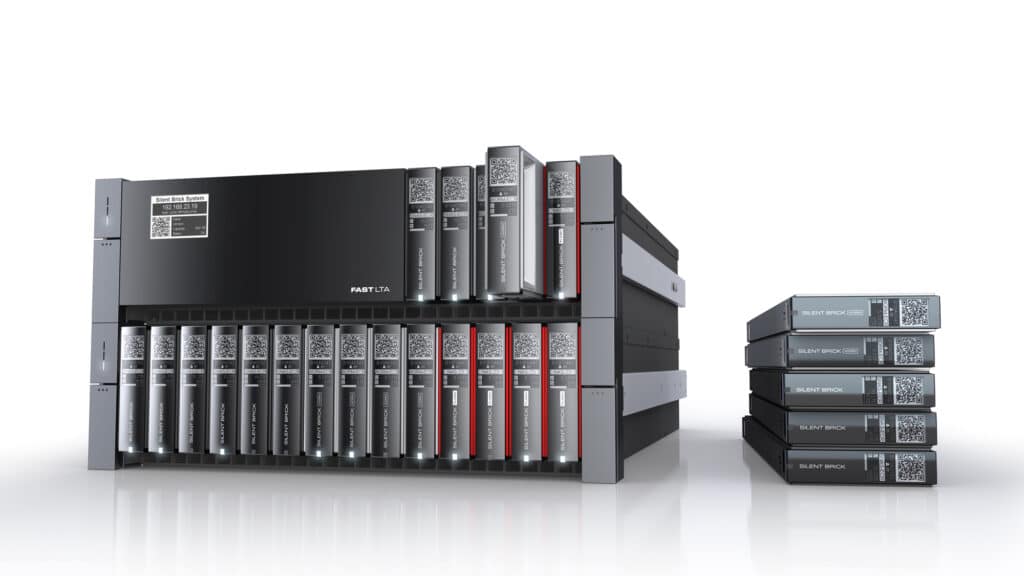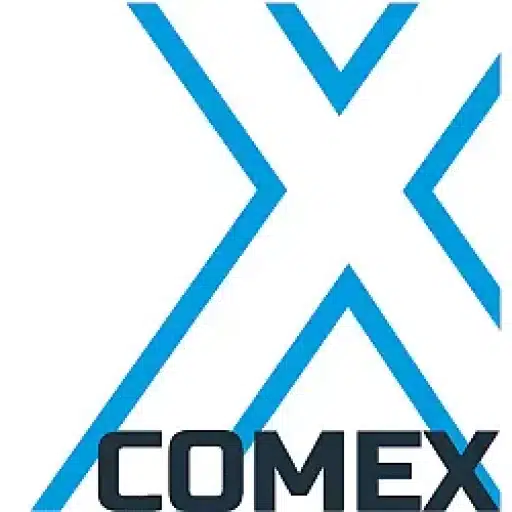+31 (0)43 30 88 400 | office@comex.eu

Separate archive and publication dates!
Organizations with large amounts of archival data, who moreover want to publish that data, increasingly face the dilemma of whether or not to house all the data with a cloud provider. This may seem easy, but there is an obvious downside. In this blog, we discuss options for keeping original archival data in-house.
We regularly come across an interesting challenge with our customers with large archives. Almost without exception, they have large amounts of data, between 80 and 300 terabytes. These are archival data that must be preserved and sometimes disclosed to the public. Consider documents covered by the Open Government Act (Wob) or heritage archives. In the latter case, these archives are available through a website and cloud storage is a great solution for publishing this. After all, the data are public anyway. Remarkably, however, this is how the idea arose to store all archival and other data in the cloud. The idea is that the cloud provider provides secure storage and the data is publicly accessible.
Make the distinction!
However, it is important to make a proper distinction between actual archival dates and those intended for publication. These publication pieces are often smaller in size because they are compressed. That’s good enough for internet viewing. In itself, it is fine to house this publishing data with a cloud service. But what if you want to transfer them to another service provider, for example, because the cloud provider is discontinuing the product or not making updates. How do you get those publication dates back, without too much high cost and a lot of effort? Is that possible at all?
This way you stay flexible
Let it be clear that the more of these data are housed with this cloud provider, the easier it does not get. As a result, we are increasingly seeing a trend among archival institutions to keep the original data in-house so that they can control it. Yes, that requires an investment for storage and a server room and the like. But it also gives flexibility: if necessary, they recreate the publication dates using the original data as the source. If the cloud provider no longer meets the needs and requirements of the archival organization, you can choose: either retrieve the publication data, or re-generate it from the source data. That way, you always keep control of your own data.
Provide an exit strategy
So: certainly a cloud provider can provide a good service in this situation with publication data. But always make sure you have an exit strategy as an organization if you want to switch service providers. And that switching is not at all unusual. Government agencies must retender for this work after four years, and the service can suddenly be placed with another provider in this way. By keeping the source data in-house, you are also more flexible in choosing a provider to support publication data.
Consider Silent Bricks!
Certainly Silent Bricks for self-managing the original data are an excellent solution. Silent Bricks are affordable, highly secure, require little administration and are covered by a long-term service contract. Want to know more? We would love to tell you about it in a good conversation! Please feel free to contact us.

Silent Bricks
With the Silent Brick system, you are equipped for all backup requirements. In one system, with one supplier and one maintenance contract.
The Silent Brick System is the flexible storage solution for complete data protection. Consisting of modern, High Performance Storage Hardware and offline-ready mobile Storage Containers. Its high integrated security makes it especially suitable for Backup and Archiving.


